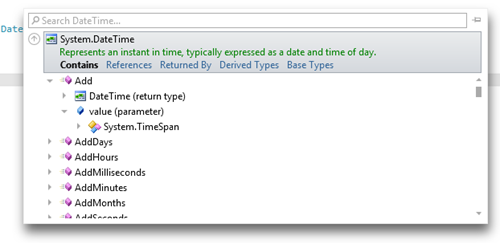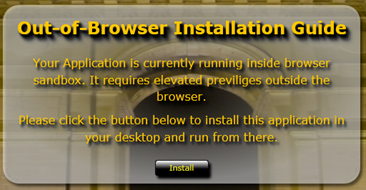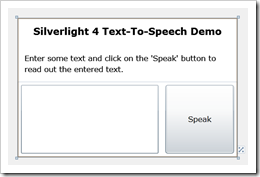MVVM, which is an abbreviated form of (M)odel-(V)iew-(V)iew(M)odel is not new to you all. But there are someone who don’t know about it. If you are a Core ASP.Net developer you may know about MVC & MVP, may also know about MVVM which mainly used in WPF/Silverlight. For them, it is tough to remember about its concept.
In general in any of my discussions or presentations, I used to describe MVVM in a way which is very easier to understand and easy to recall. Hence thought, why shouldn’t I share this to you? That’s why writing this post. Read it. I hope that, you will enjoy it much while reading it fully.





 Microsoft has released Silverlight for the Symbian OS, which will allow your Silverlight applications to run in some selected Nokia handsets. Earlier, Silverlight was only available for web on desktop for Windows, Mac operating system. Later Moonlight came out, which is the linux version of Silverlight. Then Microsoft released Silverlight for Windows Phone 7 and this is the time for Symbian platform targeting mobile devices such as Nokia N97, N97 Mini XpressMusic etc.
Microsoft has released Silverlight for the Symbian OS, which will allow your Silverlight applications to run in some selected Nokia handsets. Earlier, Silverlight was only available for web on desktop for Windows, Mac operating system. Later Moonlight came out, which is the linux version of Silverlight. Then Microsoft released Silverlight for Windows Phone 7 and this is the time for Symbian platform targeting mobile devices such as Nokia N97, N97 Mini XpressMusic etc.
 Have you ever heard of Text to Speech engine? “Yes” I think. Yes, it is not a new thing in the Computer World. It was available since Windows 98 (as much as I can recall) but it is completely new in Silverlight. You can now use the Silverlight application to give an API call to the SAPI Engine which will convert the text to voice. Sounds Good? This is achievable using the COM APIs only.
Have you ever heard of Text to Speech engine? “Yes” I think. Yes, it is not a new thing in the Computer World. It was available since Windows 98 (as much as I can recall) but it is completely new in Silverlight. You can now use the Silverlight application to give an API call to the SAPI Engine which will convert the text to voice. Sounds Good? This is achievable using the COM APIs only.
